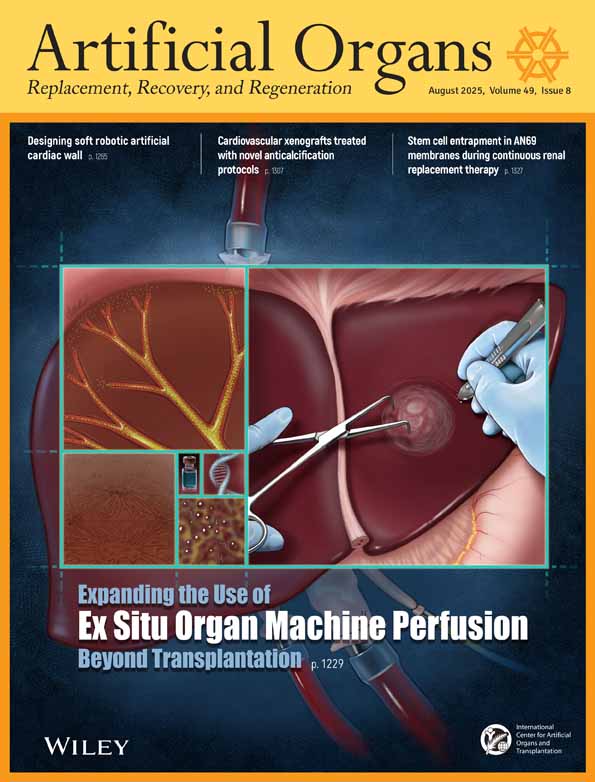Fiber Reinforced Calcium Phosphate Cement
Abstract
Abstract: The term calcium phosphate cement was introduced by Gruninger et al. (1). This type of cement can be prepared by reacting a calcium phosphate salt with an aqueous solution, which causes it to set by the crossing of the precipitated crystals. These cements offer a series of advantages that allow their use as grafts and substitutes of damaged parts of the bone system. However, these cements have low mechanical strength compared to human bones. This work studied the influence of the use of polyamide fibers in the mechanical properties of a calcium phosphate cement based on α-tricalcium phosphate as well as the mechanisms involved in the increase of mechanical strength. The results demonstrate the feasibility of the use of polymeric fibers to increase mechanical strength and the need for coupling agents for the effective performance of the fibers as reinforcement in these materials.




